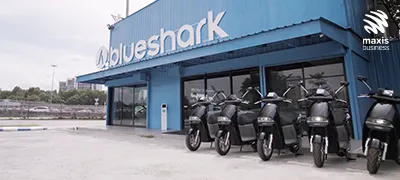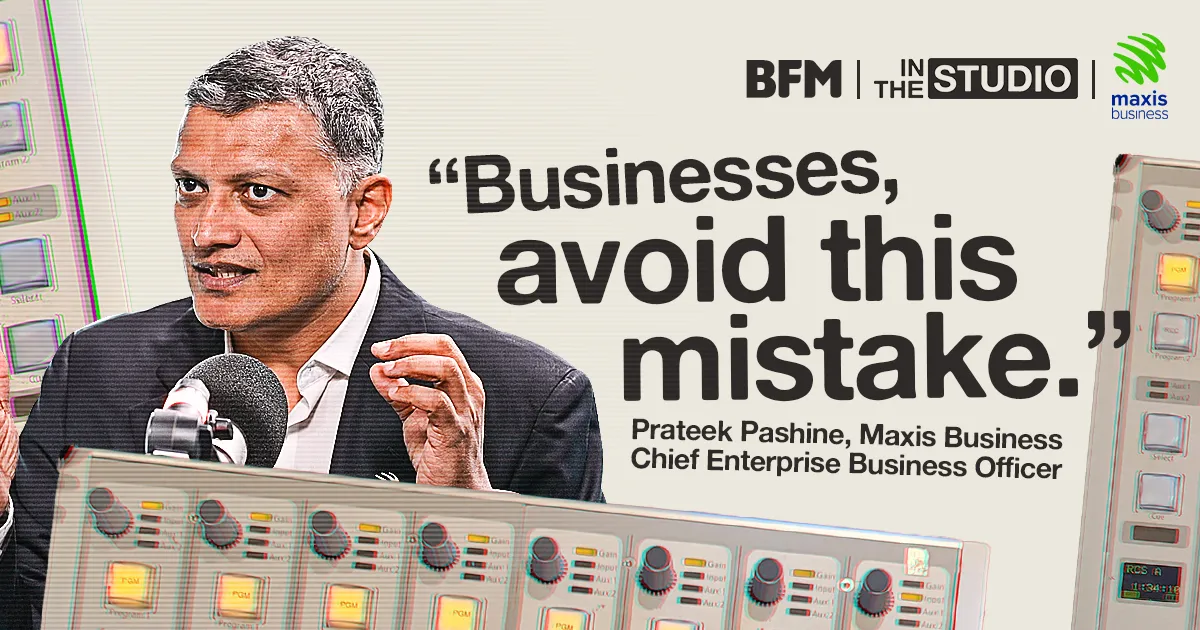Building a Connected Fleet: How to Choose a Solution for Your Needs
As companies clamber to stay ahead of the competition, fleet tracking and management solutions are growing in popularity. Even in logistics, an industry in which company size use to determine success and longevity, large, established companies are being threatened by smaller, nimbler, more tech-savvy newcomers.
These smaller companies are able to offer customers lower prices and more dependable service because they have embraced fleet management technology. In times made even more uncertain by Covid-19, it’s essential not to get left behind.
However, with so many options in the market, each with their own price and capability, how do you choose the best fleet management solution for you?
The perils of an incomplete solution
Applying individual, piecemeal solutions may appear to save money, but actually cause as many problems as they solve. This is especially true if the solutions are disconnected and have no way of talking to one another. Whatever your size and needs, consider a full suite that allows you to add features and vehicles as needed.
A suite frees you up to ask the really important questions:
Question 1: Who are you?
This is the first question you need to ask, because who you are determines what you need. Whether you have five vehicles, more than 500, or anywhere in between, fleet management is a golden area for cost savings. However, a fleet manager tracking less than 10 vehicles naturally requires less help and automation than someone managing hundreds.
For example:
- What do you do?
A company that delivers perishable goods, for example, will have very different needs to, say, a company that provides in-house services. - How big is your fleet?
No matter the number of vehicles, fleet management offers golden opportunities for cost savings. However, a fleet with fewer vehicles will require less help and automation than a fleet consisting of hundreds. - Who are your customers and what do they want?
Do you need to prove yourself to them, or do you have established relationships? Do you distinguish between big and small customers? How do prompt responses on your side affect their business? - Who is your competition?
And what are they offering that you are not? - Where do you operate?
Even the best solution can’t do anything for you if vehicles move beyond coverage, so make sure your provider offers strong signals everywhere you go. - What are your specific challenges?
Do your drivers have difficulty sticking to their schedules? Is vehicle or petrol theft a problem?
Question 2: What information is critical to your business?
This again comes with a subset of questions to uncover what to look for in a solution. Some examples:
- How does it affect your business when a vehicle breaks down?
- How important is it that you keep an accurate log of driver hours, mileage, deliveries, and calls completed, etc.?
- What do you need to know about individual drivers or trips?
- Have you had any suspicions about illicit behaviour such as misuse of vehicles or fuel cards?
Question 3: What do you want to do with the information?
- Once you know what information you need, you have to decide how to make it useful. Consider:
- Do you want to have certain behaviour highlighted (for example, if a driver often brakes or speeds up suddenly) so you can take corrective measures?
- Do you want to be alerted when a vehicle goes off route or is used after hours?
- Do you want to create more efficient routes so you can assign more trips in a day?
- Would you like to add value to your services, for example, by allowing customers to choose delivery or service windows?
Speak to your provider about how their software can help you achieve your business goals.

Start by asking: what do I need to know about my fleet?
Question 4: How will you access this information?
A good, comprehensive fleet management solution will provide business-critical insights on a dashboard and in reports so you can read and share information with key players. Note again that there is little point to having round-the-clock visibility if you can only access it from certain locations such as a whiteboard, control room, or specific computer.
Your best bet is to choose a cloud-based solution that not only lets your fleet manager access information from any connected device but also to grant access to specific information to specific users. For example, customers could track their own deliveries but not have insight into any other information.
Question 5: What can you afford?
This is not just a money question, but also one of time. Certain solutions require expert assistance and installations that result in downtime. If this is the kind of solution you need, find out exactly how much downtime will be required per vehicle and how soon you can start using the solution. Then ask yourself whether you can afford it.
While this nominally falls into the ‘old technologies’ realm, there are some solutions that require bespoke devices (such as scanners) and manual input. If you are considering these, what sort of initial investment do they require? On the other hand, you may not have to make an initial bulk investment at all. Cloud-based, as-a-service, solutions work on a subscription, per-vehicle basis, which makes vehicle management affordable for companies of all sizes.
Question 6: Who can you trust?
When making such a critical business decision, don’t feel you need to do it alone. The right partner will ask the questions that help you arrive at the right answers. Look for someone with a strong track record for successful implementations and who is able to share success stories. In addition, consider what you need in the long term. The ideal provider will offer support throughout, when and as you need it.
The answers to all these questions will support you in making the best choice in fleet management technology for your specific needs. That is a big hurdle, but only the first of two. To reap the solution’s full benefits, you still need to get your staff on board.
The best way to approach this challenge is the topic of our fifth and final article in this series.






